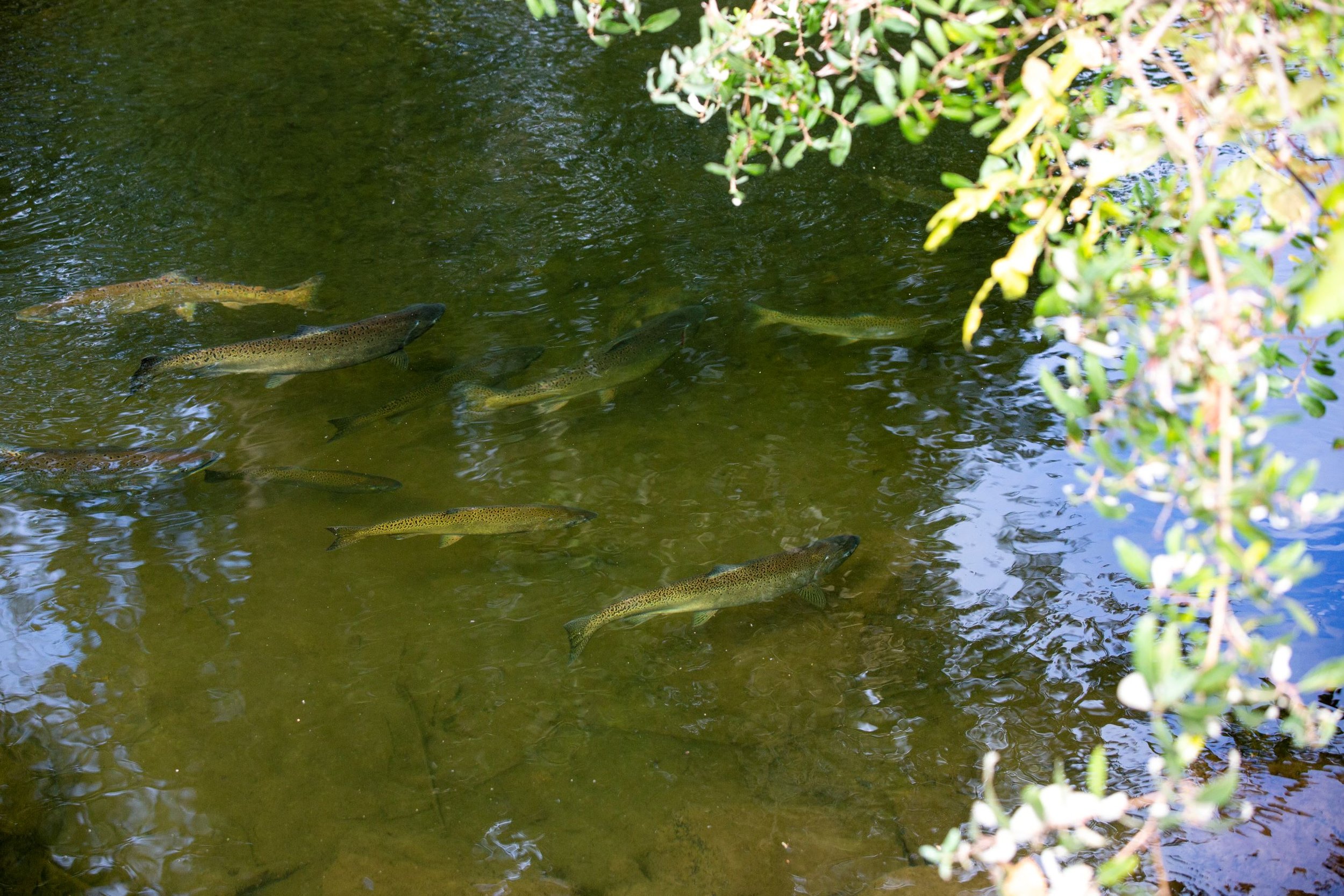LOWER ISSAQUAH CREEK HABITAT ENHANCEMENT
and restoration
Owner
Location
Issaquah, Washington
This project was recognized by Mountains to Sound Greenway in their 2022 Parade of Accomplishments.
In October 2022, the City of Issaquah completed construction which restored in-stream and riparian habitat along approximately 1,200 feet of Issaquah Creek just north of I-90. The project creates additional floodplain and incorporates side and backwater channels that are sure to be well-used by threatened Chinook salmon and other wildlife. Restoring habitat in this reach of Issaquah Creek is vital, as it is used by over 2 million juvenile and adult Chinook salmon each year.
The project was designed to restore fish and wildlife habitat in Issaquah Creek and its riparian areas by providing a wider and more complex channel, improving floodplain connectivity, strategically placing large woody debris, removing invasive vegetation, planting native trees and shrubs, and removing of bank armoring. These actions have created highly functional, low-velocity refuge habitat and cover for several species of salmonid fish at various life history and flow stages, with habitat for juvenile Chinook salmon as the primary emphasis. A total of over 250 logs with root wads have been installed in and along the Issaquah Creek channel. These provide main channel habitat functions of pool formation, resting habitat with cover for adults, in-stream rearing with cover for juveniles.
In addition, the right bank has been excavated to create a complex of floodplain benches, backwaters, and side channels to improve floodplain connections and allow for future channel migration towards the right bank where the City has purchased and designated property for the purpose of habitat improvement. Virtually all of the previous right bank rip rap armoring has been removed. Logs have been placed throughout these new off-channel, floodplain refuge and rearing habitat areas in a somewhat dispersed fashion to provide localized quiet-water refuge areas. Juvenile Chinook need such quiet-water micro-habitat areas readily available across the entire range of flow levels. Otherwise, they may be forced downstream prematurely by high-flow events and so be unable to take advantage of available rearing habitat.
HEC-RAS hydraulic modeling was conducted to support the draft design and establish that zero-rise floodplain requirements were met, and 2D modeling was also performed to refine the design.
Non-native vegetation was prevalent in the project area prior to construction, including Japanese knotweed, English Ivy, and Himalayan blackberry. These invasive species have since been removed, and native vegetation is still to be restored (as of October 2022) along the channel and in riparian areas to create well-functioning riparian buffer areas. A few pre-existing trees which are not strictly native, including a walnut and sequoia, have been retained since they contribute to habitat function. The project includes a gravel-surface trail to provide passive recreation opportunities; interpretive signage and selective access to viewpoints along the creek may be added at a later time.
Services Provided
Grant application support for design and construction funding
Existing conditions assessment and documentation:
Endangered Species Evaluations – Biological Assessment
Construction Cost estimating
Prepare contractor bidding documents
Provide construction monitoring services
DESIGN SERVICES
Grading plan for backwater and side channels
Log structure design
Streambank treatments and protection
Invasive vegetation removal
Soil supplementation, preparation, and seeding
Native revegetation design
2022 Mountains to Sound Greenway Annual Dinner and Celebration
Watershed staff members Marina French and Greg Johnston, and Erik Davido from DCG join Allen Quynn on stage to represent the Lower Issaquah Creek project team.











